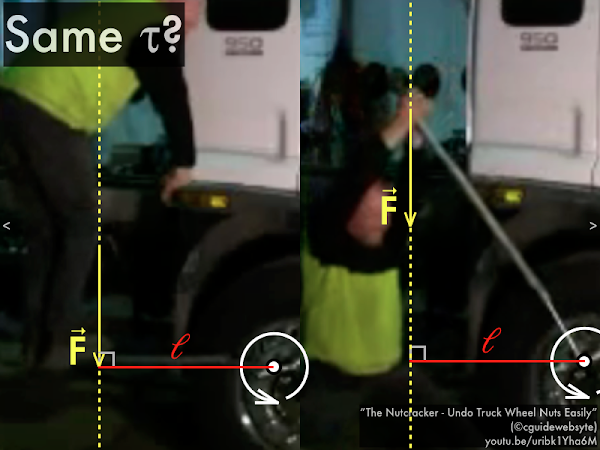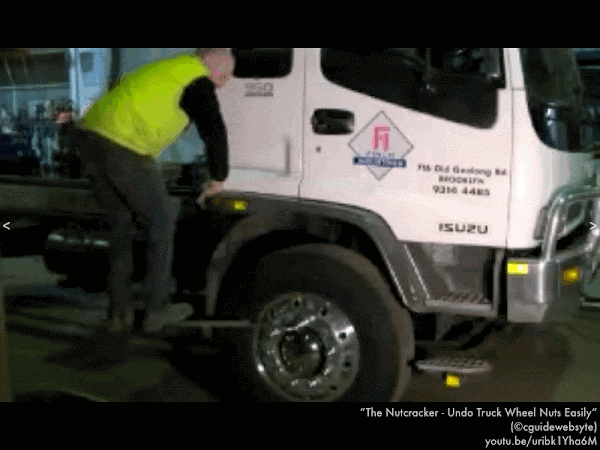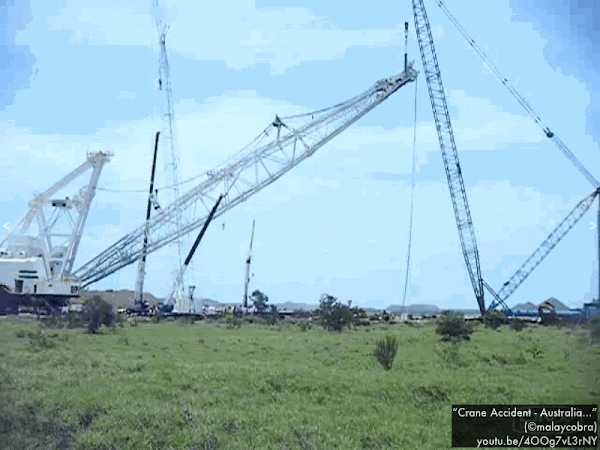Cuesta College, San Luis Obispo, CA
Students have a weekly online reading assignment (hosted by SurveyMonkey.com), where they answer questions based on reading their textbook, material covered in previous lectures, opinion questions, and/or asking (anonymous) questions or making (anonymous) comments. Full credit is given for completing the online reading assignment before next week's lecture, regardless if whether their answers are correct/incorrect. Selected results/questions/comments are addressed by the instructor at the start of the following lecture.
The following questions were asked on reading textbook chapters and previewing a presentation on torque and rotations.

Selected/edited responses are given below.
Describe what you understand from the assigned textbook reading or presentation preview. Your description (2-3 sentences) should specifically demonstrate your level of understanding.
"Torque is the product of the force and the length of the level arm. The level arm is perpendicular to the line of action (force vector) and the axis of rotation. When the force produces a clockwise direction the torque is negative. Counterclockwise will yield a positive torque."
"How to interpret the line of action and how to draw it."
"Newton has first and second laws applying to rotational motion. These laws are looking at the summation of clockwise or counterclockwise forces on objects."
"If all the counterclockwise and clockwise torque forces balance out then Newton's first law applies. If the forces do not balance out then Newton's second law applies. In this case you can calculate net torque by adding counterclockwise torque with clockwise torque."
"I understand that when under constant motion, the torque will equal zero, and also when stationary. The torque will be nonzero when the forces are unbalanced. I also understand that counterclockwise is positive and clockwise is negative."
Describe what you found confusing from the assigned textbook reading or presentation preview. Your description (2-3 sentences) should specifically identify the concept(s) that you do not understand.
"How a lever arm starts and how it intersects the line of action."
"I don't know if the lever arm is measured according to where the force is applied on the object or if its just the length of the entire object."
"I read this section thoroughly and understand it pretty well I'm not confused about anything. This is two to three sentences, can i still get credit?"
What is the SI (Système International) unit for torque?
"A newton-meter. N·m."
"N·m, not to be thought of as joules."
"The SI unit for torque is joules?"
Briefly describe how the line of action should be drawn for a given force.
"A line along the path the force is applied."
"As an extended line drawn colinear with the force."
"It should go into the same direction as the applied force."
"The line of action should be drawn by a straight line?"
"Perpendicular to the force and coming off of the fulcrum?"
"Downward?"
When a lever arm (or moment arm) is drawn, briefly explain where it starts, and how it should intersect the line of action for a force.
"The level arm is perpendicular to the line of action (force vector) and the axis of rotation."
"The lever arm starts at the rotation axis and is perpendicular to the line of the force."
"The lever arm should intersect the line of action at a 90° angle."
"It starts at the center of gravity?"
"It starts and ends at a radius from the point of contact?"
"I didn't understand this."

first; balanced. ************************************ [36] second; unbalanced. ** [2] (Unsure/lost/guessing/help!) ****** [6]

first; balanced. ** [2] second; unbalanced. *********************************** [35] (Unsure/lost/guessing/help!) ******* [7]
Ask the instructor an anonymous question, or make a comment. Selected questions/comments may be discussed in class.
"I have dealt with torque in calculus and auto classes. I am hoping that helps with executing the physics part of it."
"I am confused with the clockwise and counterclockwise torques and how they can be balanced or unbalanced."
"Why should torque be newton-meters, and not be thought of in units of joules?" (Mathematically torque is a "cross-product" of a force and lever arm, which is different than work, which is a "dot-product" of force and distance traveled. We won't discuss the distinction between cross-product and dot-product operations in this course, but that's why the units of torque and work aren't equivalent.)
"Shouldn't the weight of the objects be taken into account if the fulcrum isn't at the center?" (Yes. Some examples of this in class.)
"Counterclockwise is positive and clockwise is negative--this just seems weird to me." (It's how the unit circle works from trigonometry?)
"How can I get an 'A' in the class?" (You need to solve a math problem: "How many points do I need to get to 600/700 at the end of the semester?")
No comments:
Post a Comment